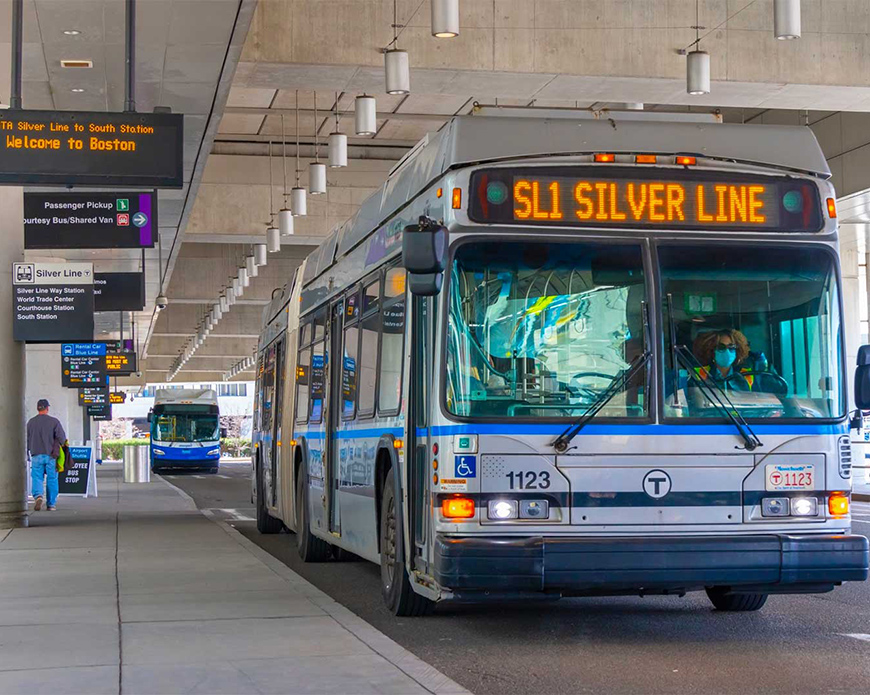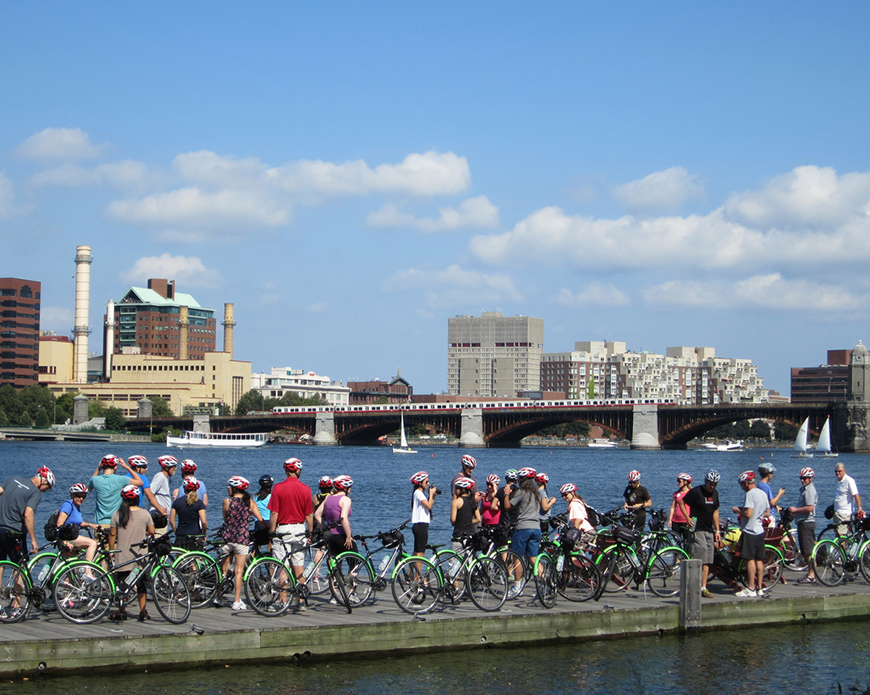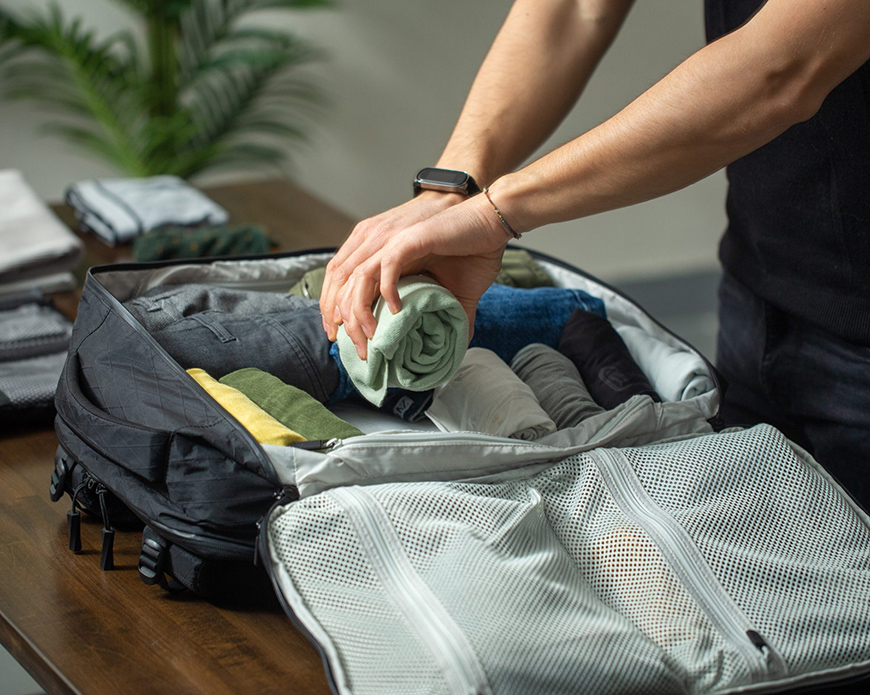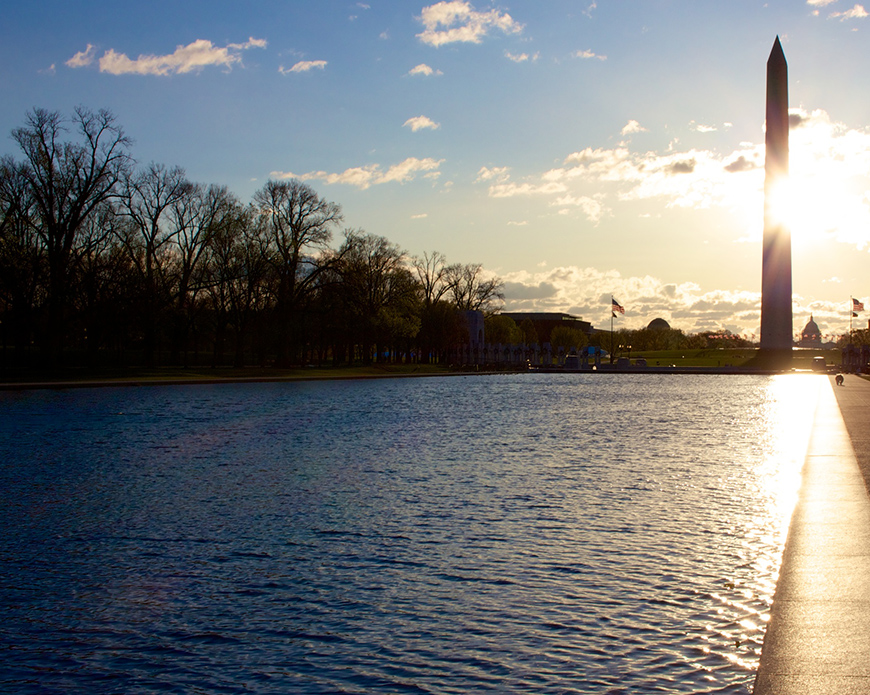- Introduction & Why Boston Deserves Public Transport Savvy
From an early overview, I’ve learned that Boston rewards travelers who understand its public transit system: the MBTA (Massachusetts Bay Transportation Authority). It’s efficient, historic, and reaches nearly every corner of the city. Over the years, I’ve relied on the MBTA’s “T” subway, buses, and commuter rail for seamless access to neighborhoods like Cambridge, South Boston, the Seaport, and beyond—without having to rent a car or pay for expensive rideshares. - Packing Tips & Travel Essentials for Boston
● Weather & Clothing
Boston’s weather swings dramatically by season. During spring, nights can still be chilly (~40–50 °F / 5–10 °C)—layers are essential. Summer brings highs in the upper 80s °F (~27 °C), so breathable fabrics and a light jacket for evening harbor breezes are key. In fall, pack scarves and sweaters—leaf peeping season is crisp and colorful. And winter can drop below freezing with snow—insulated coat, waterproof boots, hat, gloves, and thermal layers are a must.
Here’s what I always pack:
• Light rain jacket (weather changes fast)
• Comfortable walking shoes (Boston’s brick sidewalks aren’t kind to flimsy soles)
• At least one sweater or fleece for layering
• Power adapter (US uses Type A/B 120 V)
• Collapsible water bottle
• Sunglasses, lip balm, sunscreen
• Foldable tote or daypack for market visits
● Local Culture & Currency
Boston has deep historical roots—Fenway Park, Freedom Trail, Harvard. People are friendly, direct, and proud. Tipping is standard: 15–20% in restaurants, $1–2 per drink at bars, and rounding up for cab or rideshare fare.
Currency exchange is easy: ATMs are widely available. I avoid airport kiosks with high fees. Instead, I use my debit card to withdraw USD from major banks downtown—typically 1–2% fee plus ATM charge. Always alert your bank before travel to avoid card holds. - Budget Basics & Currency Planning
My spending style is mid-range: I challenge myself to keep daily costs around $100–$130/day (excluding hotels) while still eating well, sightseeing, and enjoying local experiences. Here’s how I break it down:
• Public transit & occasional rideshare: $8–$12/day
• Meals (street food, markets, casual restaurants): $30–$50/day
• Tickets (museums, attractions): $20–$40/day
• Miscellaneous (souvenirs, coffee, snacks): $10–$20/day
I usually convert some cash beforehand but rely mainly on cards. Boston accepts most credit cards; just monitor for foreign transaction fees if your card isn’t USD-based. - The MBTA System: Subway, Bus & Commuter Rail
● Subway (“The T”)
The Red, Orange, Blue, Green, and Silver Lines cover Boston and Cambridge. As a beginner, I find the Red Line most useful (to Harvard Square, MIT, South Station). The Green Line, split into branches (B, C, D, E), takes you to Fenway, Kenmore, and to leafy Allston.
Trains operate every 5–10 minutes during the day; off-peak until midnight—or your last trip ends around 1 AM. Bathrooms at major stations are decent; smaller stops might lack amenities.
● Bus System
The buses fill gaps—particularly in neighborhoods like Brighton, Charlestown, and Dorchester. I’ve taken the Green Line bus 1A often between Longwood Medical Area and Downtown. Transfers between bus and subway are free within 2 hours using the same Charlie Card or app.
● Commuter Rail
If you want to explore Cape Cod, Salem, or Plymouth, the commuter rail is perfect. South Station is the main hub. I took a Lowell Line train to explore Lexington and Concord once—quiet ride, scenic towns, with fares around $8–$12 each way depending on zone. - How to Get Your T Card: Charlie Card vs Charlie Ticket
● Charlie Card (Recommended)
This reloadable smart card costs $5 (refundable deposit). You can load value or a 1 day, 7 day, or 30 day link pass. I find the weekly pass ($22.50 for unlimited subway + local bus) a great deal. You tap at turnstiles—faster than single trip tickets.
● Charlie Ticket
Paper ticket with stored value. More expensive per ride ($2.40 vs $2.20 with a Charlie Card) and not reloadable. Use if you’re staying ≤3 days or prefer no deposit.
Personal Tip:
I pick up a Charlie Card at South Station or Back Bay Station booths. Load it via ticket machine or mobile app. Losing it costs the deposit, so I use the same card for entire visit.
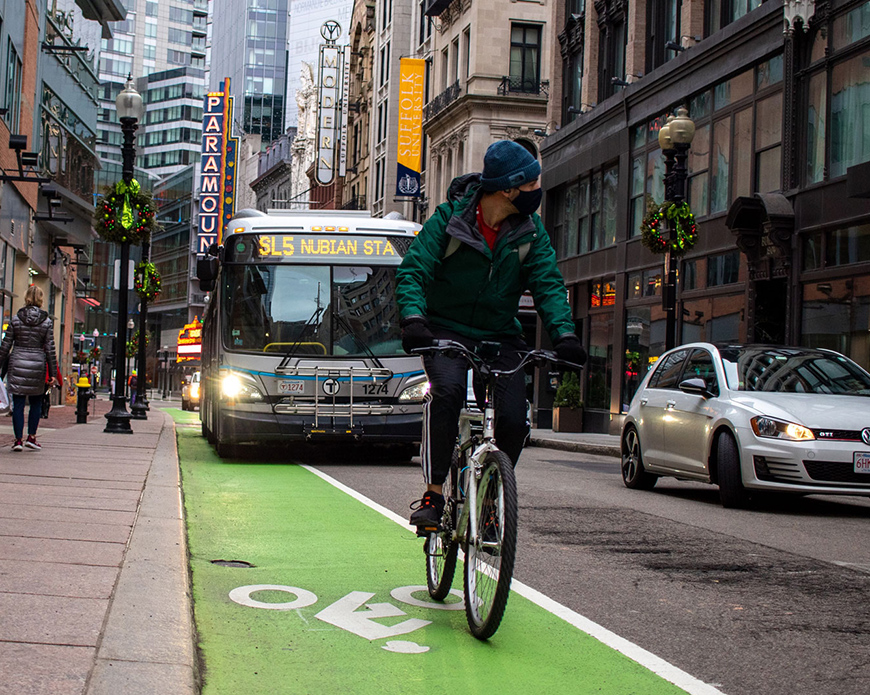
- Riding the T: How It Compares to Other Cities
Having ridden metros in London, Madrid, and Barcelona, I can tell you:
• Boston’s subway lines are fewer but cover the core well.
• Trains are older, with tile lined stations and a more compact feel.
• Frequency is slightly lower on weekends and late nights, so plan accordingly.
• No barrierless stations—turnstiles make boarding orderly.
• Smartphones get strong signal inside subway tunnels—great for navigation. - Recommended Street Snacks & Hygiene Tips
Top Street Foods I’ve Tried:
• Lobster roll from an outdoor counter (Boston Public Market)
• Clam chowder in a bread bowl at Quincy Market
• Cannoli from North End bakeries
• Soft pretzel with sea salt near the waterfront
• Roasted corn or kettle corn pop at fairs or Harborwalk vendors
Food Safety Tips:
• Choose carts or stands with good foot traffic, better turnover.
• Look for vendors with clean uniforms, gloves, and sneeze guards.
• Eat fresh—avoid seafood that’s been sitting in heat for hours.
• Carry hand sanitizer, especially before and after food stops. - Local SIM Cards & Staying Connected
To stay connected, I buy a T Mobile Tourist Plan SIM card (available at Logan Airport or South Station). It’s about $30 for 5 GB high-speed data, plus unlimited texts and calls for 21 days—enough for navigation, messaging, and lightweight browsing.
Insert into unlocked phone; if your phone is locked, get a prepaid Verizon card or use Wi-Fi hotspots (plenty in cafes, libraries, and hotels). - Sample 5 Day Boston Itinerary (Photography, Food & Transport Tips)
📅 Day 1: Arrival & Historical Core
• Morning: Arrive at Logan → New CharlesRiverRide bus to South Station → pick up Charlie Card
• Afternoon: Walk Freedom Trail (state house, Faneuil Hall, Paul Revere)
• Evening: Dinner in North End—clam chowder and cannoli
• Transport: Red Line + walk
Day 2: Cambridge & Harvard Culture
• Morning: Red Line to Harvard Square → coffee and photos in Harvard Yard
• Lunchtime: Street vendors and local cafes
• Afternoon: Bus 1A to MIT and nearby museums
• Evening: Harvard Square jazz performance
• Transport: Red Line + bus
Day 3: Seaport & Waterfront Photography
• Morning: Silver Line to Seaport District → explore buildings and harborwalk
• Lunch: Food trucks near Boston Children’s Museum
• Afternoon: Dockside photography, take East Boston ferry across harbor
• Dinner: Waterfront seafood dinner
• Transport: Subway + ferry + walk
Day 4: Fenway & Kenmore for Sports & Culture
• Morning: Green Line to Kenmore → Fenway Park tour
• Lunch: Street food at Lansdowne Street
• Afternoon: Museums and Back Bay walk
• Evening: Sunset rowboat on Charles River
• Transport: Green/Red Line + walk
Day 5: Day Trip to Salem or Lexington/Concord
• Take North Station Commuter Rail to Salem (~30 min) or Lexington (~45 min)
• Explore witch trials site or Revolutionary War history
• Return by mid afternoon, final stroll in Boston Common
• Evening: Treat or dinner at Cheers (TV bar)
• Transport: Rail + subway - Travel Insurance Recommendations
I always travel with insurance. Here are two policies I’ve personally used:
• World Nomads Standard Plan: Covers medical emergencies, cancellation, theft, and adventure activities. Reliable for domestic US trips, roughly $50–$70 for 5 days (depends on age).
• Travel Guard Preferred Plan: Offers trip cancellation, baggage delay, emergency medical/dental, and rental car coverage. Costs around $60–$80 for U.S. trips of similar length.
You can purchase both easily online—World Nomads at worldnomads.com, Travel Guard via AIG. Always email yourself the policy documents and emergency hotline numbers. - Small Travel Tips and Final Thoughts
• Dress in layers, Boston weather changes quickly.
• Tap your Charlie Card every transfer to get free rides up to 2 hours.
• Check service alerts on MBTA.com or the Transit app for delays or subway closures.
• Carry a portable charger—GPS + photo editing drains power quickly.
• Use Google Maps or Citymapper offline mode in case you lose signal underground.
• Try to avoid using rideshare at rush hours—traffic around the city center can double your fare.
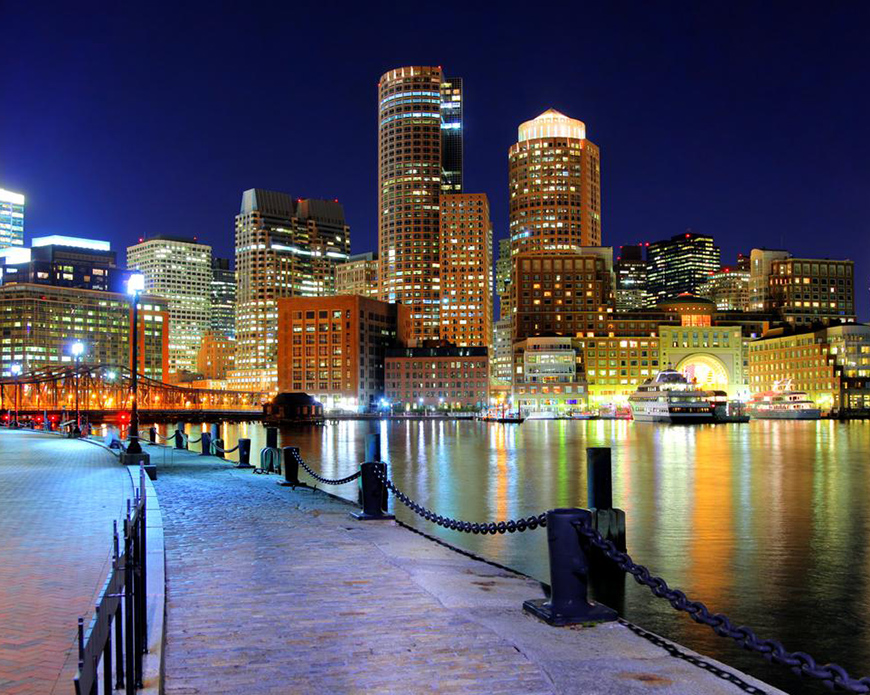
🧳 Personal Reflection
Boston has become one of my favorite US cities for good reason. With a transit system that’s accessible, historic streets begging to be photographed, and a food culture rooted in New England tradition, it rewards planners and wanderers alike. Every time I tap my Charlie Card under the station’s din, I feel prepared, responsible, and ready to discover a new corner—be it an obscure bakery in the North End or a mirror-like reflection at sunset over the Charles River.
Public transportation not only saves on cost, but keeps you embedded in the city’s rhythm—an ideal experience for any curious traveler who prefers walking, people-watching, and slow discovery to driving and parking hassles.
If you’re just starting out—in your 20s, at retirement age, with family, or solo—I promise Boston’s transport system works for you. Layer up, pack smart, and let the T take you behind the scenes where the city really lives. And may your journey be economical, safe, and full of memorable light.
